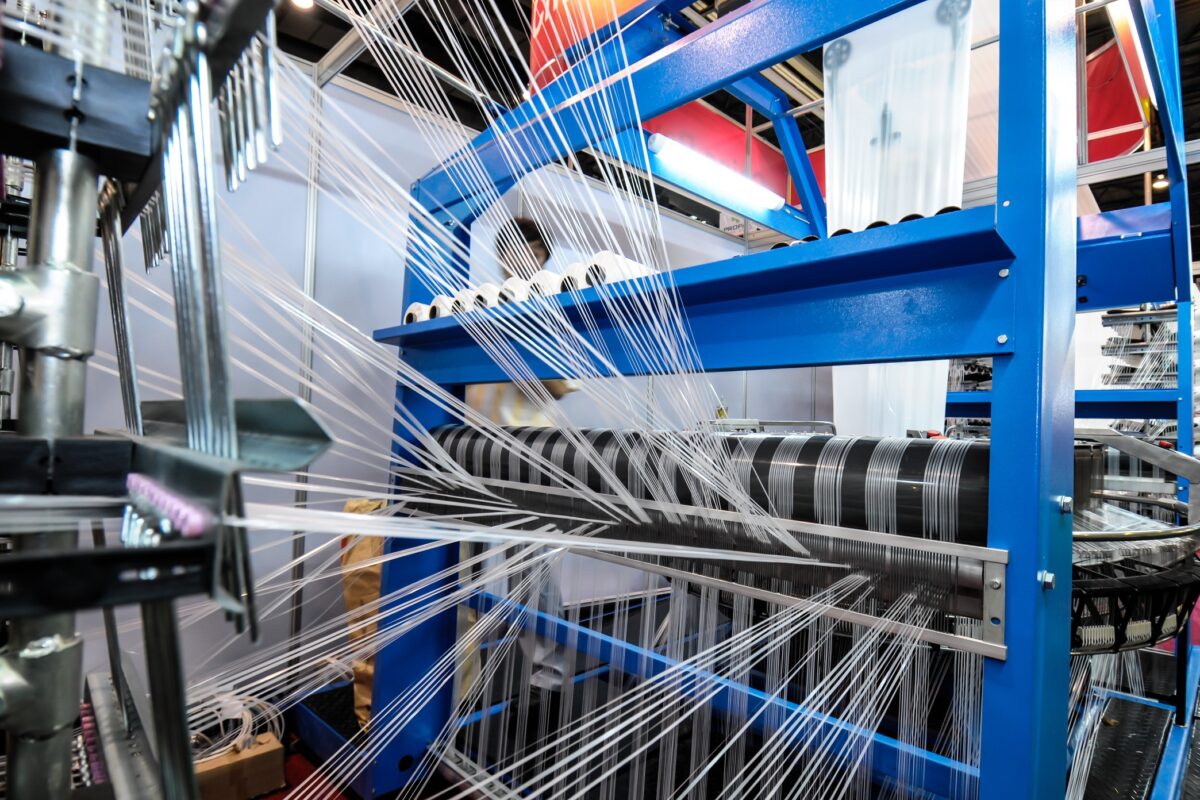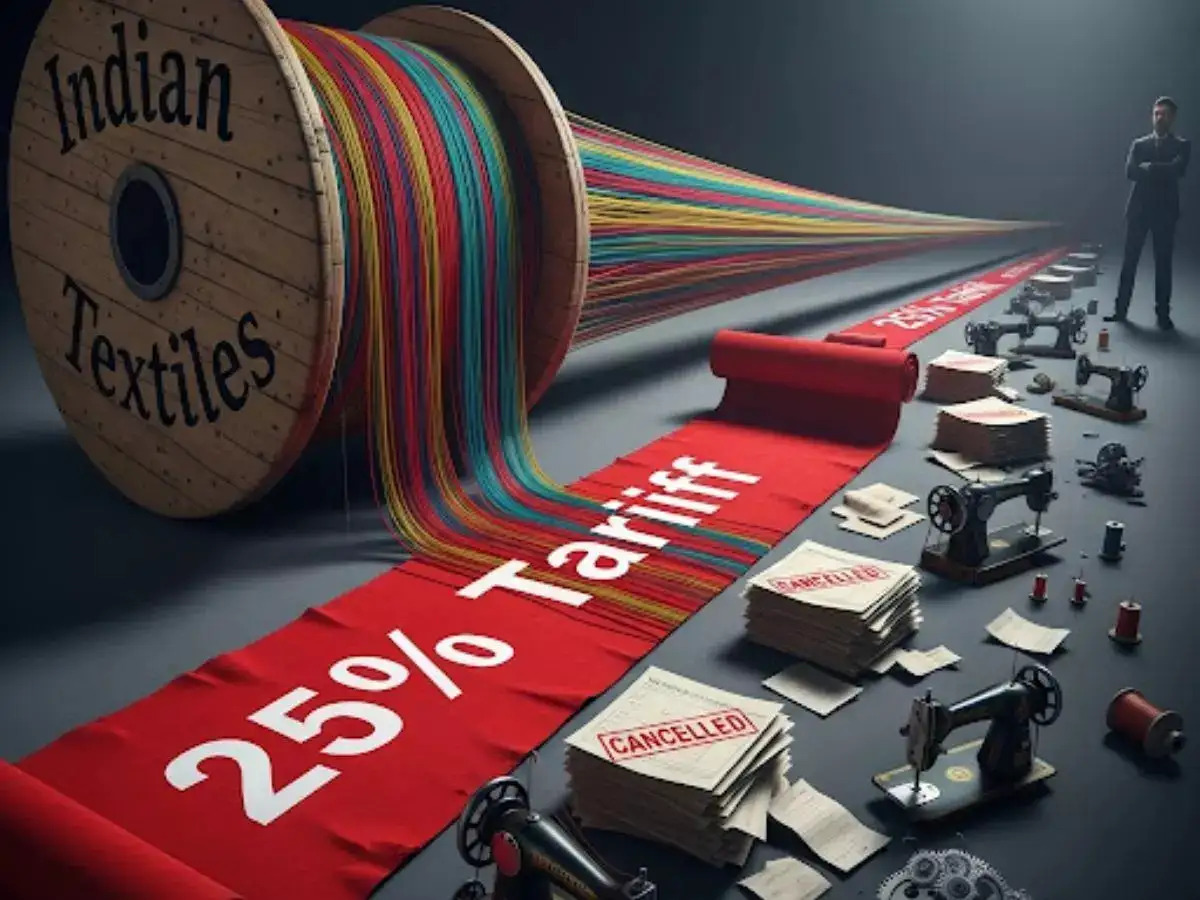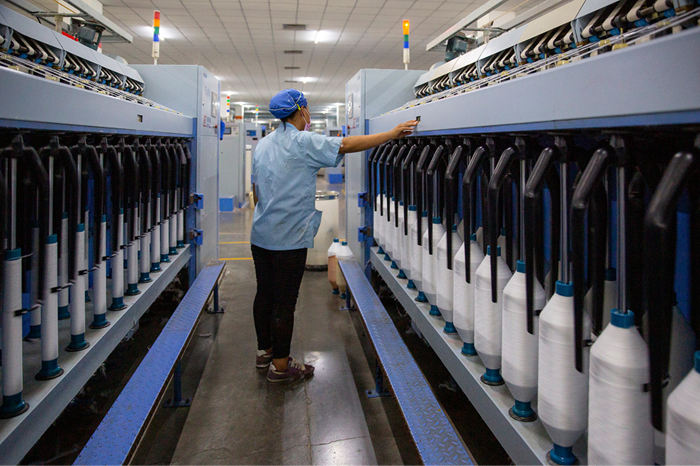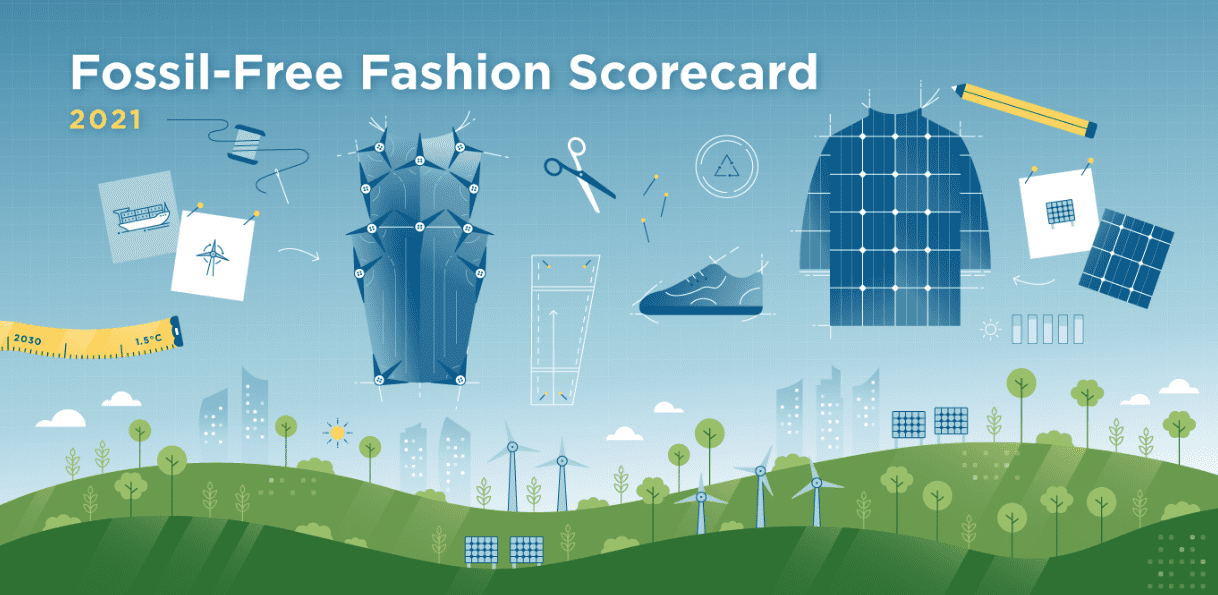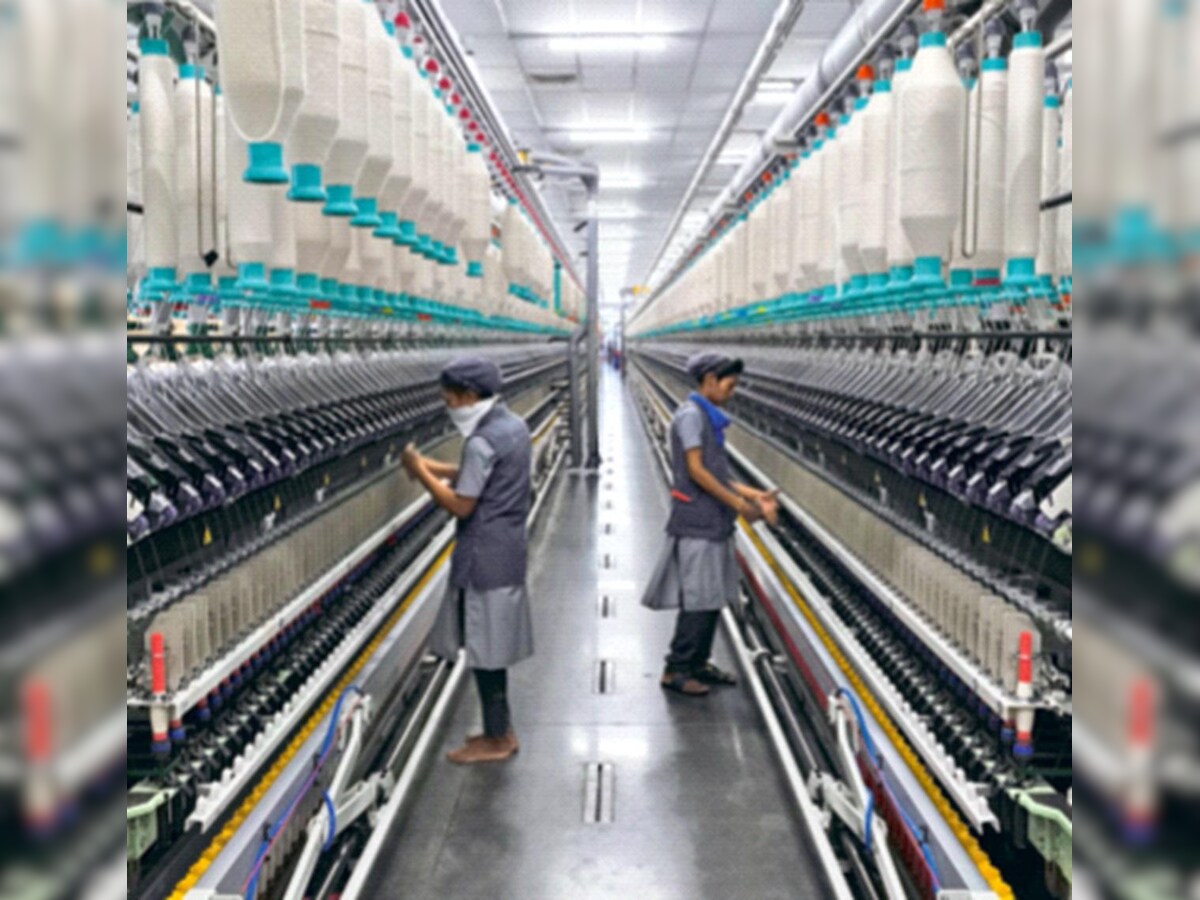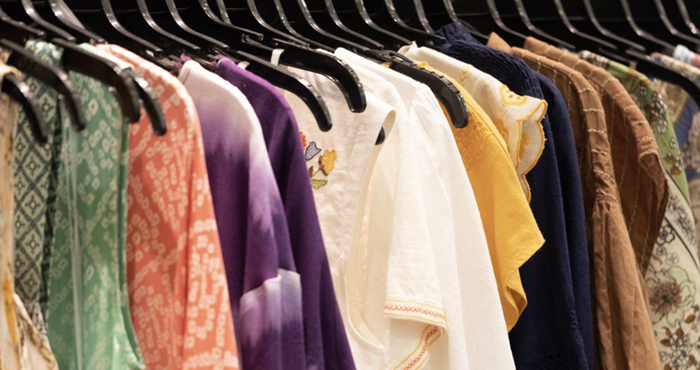FW
Shifting its strategy away from acquiring struggling UK businesses, the Frasers Group has entered into a partnership with Sports Direct to bring the sportswear retailer to Southeast Asia and India.
Teaming up with MAP Active, a major sports, fashion, and distribution operator in South Asia, Frasers Group is launching Sports Direct in five new markets. This initiative supports the group’s ambitious growth plans, which include opening over 350 stores in the region over the long term.
Leveraging MAP Active’s infrastructure, local expertise, and established brand distribution, Frasers Group will position Sports Direct as a leading sports retailer in Indonesia as well as the Philippines, Thailand, Vietnam, and Cambodia.
Michael Murray, CEO, Frasers Group, states, the group aims to increase its footprint and offer top-tier brands to consumers by combining the proven sports retail model of Sports Direct with MAP Active’s market expertise.
VP Sharma, CEO, MAP Active, adds, the company’s shared vision for excellence in sports retail with the Frasers Group will allow it to create engaging brand experiences, drive customer interaction, and set new industry standards in this vibrant area.
Last month, Frasers Group entered into an agreement with retail conglomerate GMG to introduce British sportswear retailer Sports Direct to the MENA region, continuing its aggressive expansion plans.
This new partnership will enable Frasers Group to expand in the Gulf and Egypt, with a goal of opening 50 new Sports Direct stores in the region over the next five years. The first five stores are expected to open within the first year of the partnership.
Cotton USA, Textile Genesis oraganize workshop to address growing demand for US cotton in Bangladesh
To promote the US Cotton Trust Protocol and the Textile Genesis traceability platform, Cotton USA and Textile Genesis recently held a workshop in Dhaka, Bangladesh. The event aimed to address the growing demand for sustainable US cotton within Bangladesh’s thriving textile industry.
The workshop was attended by approximately 70 representatives from mills and manufacturers, who recently joined the US Cotton Trust Protocol. They learnt how to effectively use the TextileGenesis platform, the protocol’s digital traceability tool.
Ali Arsalan, Country Representative, Cotton USA, states, the inaugural US Cotton Trust Protocol and Textile Genesis™ workshop witnessed around 70 supply chain participants who are new USCTP members.
Feedback from these participants indicates, major brands like Levi’s, Next, KIABI, TESCO, and Target are consistently expanding their market share of US cotton-rich products sourced from Bangladesh. This workshop by Cotton USA will support these mills by facilitating their transition to this new platform, adds Arsalan.
In his remarks Arsalan focused on the importance of integrating high-quality, sustainable US cotton into Bangladesh’s textile industry. He reaffirmed the commitment to strengthening partnerships with spinning factories.
TextileGenesis™ aims to not only establish complete transparency from fiber to retail but also ensure the authenticity and origin of sustainable textiles compared to generic alternatives. This platform was specifically designed for premium and sustainable textiles, including wood-based fibers, sustainable cotton, recycled polyester, specialty filaments, silk, wool, and cashmere.
The workshop concluded with a lively Q&A session, allowing participants to engage with experts and exchange collaborative ideas. It was followed by a networking session which enabled attendees to explore potential partnerships and share insights on advancing sustainability within the textile industry.
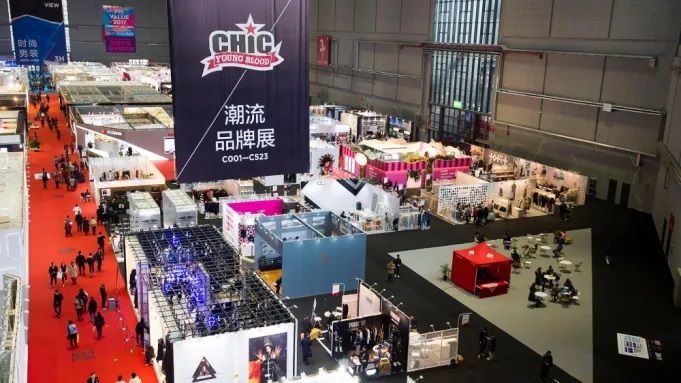
CHIC Shanghai 2025, Asia’s largest fashion trade fair, successfully launched from March 11 to 13 at the National Exhibition and Convention Center in Shanghai. With 1,175 exhibitors and 1,211 brands spread over 117,200 square meters, the event reflected structural changes in China’s fashion industry under the theme ‘New Brands, New Channels, New Aesthetics.’ Setting a new attendance record, over 165,000 trade visitors explored emerging trends, market opportunities, and innovative fashion concepts.
Innovative exhibitions and immersive experience
The event transformed into a dynamic fashion stage, blending artistic interior design with industry trends. Visitors were welcomed by "little ghost" installations, symbolizing Generation Z’s social energy. The fair showcased a vast range of fashion categories across 12 themed areas, including CHIC Women's, CHIC Men’s, CHIC Young Blood, CHIC Impulses, Denim World, and Outdoor & Sprorts. The CHIC Impulses designer section featured 142 brands, highlighting sustainable production and cutting-edge materials.
A special 10,000 square meter area in the North Hall presented trendsetting brands from celebrities like Wang Hedi (D.Desirable), William Chan (Canotwait), and Joker Xue (Dangerous People). CHIC Winters focused on high-tech innovations in down jackets and leatherwear, while CHIC Men’s featured premium designs from renowned Chinese designers. CHIC Kidz catered to the booming children's fashion market, with brands showcasing school uniforms and functional apparel.
Market expansion and distribution channels
CHIC provided international brands with direct access to China's rapidly evolving retail landscape. Multi-brand boutiques, concept stores, and premium shopping malls, including SKP and Plaza 66, explored collaborations. E-commerce and social commerce, driven by platforms like Tmall, JD.com, Douyin, and Xiaohongshu, emerged as key sales channels, with discussions at the China Fashion E-Commerce Innovation Summit addressing digital transformation strategies.
Business matchmaking sessions facilitated connections between global brands and Chinese buyers, while omnichannel retail strategies showcased how online and offline integration is reshaping the market. European brands, highly regarded for their quality and exclusivity, found strategic growth opportunities through local adaptation, digital engagement, and cultural integration.
Future of fashion and CHIC’s role
CHIC reinforced its position as a critical industry hub, reflecting China’s shift from a manufacturing base to a leader in fashion innovation. AI-driven design, automated production, and sustainable practices are defining the industry's future. Recycling technologies, biodegradable fabrics, and circular economy models are gaining momentum, while local brands are merging traditional craftsmanship with contemporary fashion.
With CHIC September scheduled for September 2-4, 2025, in Shanghai, the fair remains an essential platform for brands seeking to expand in China’s dynamic fashion market.
Apparel Group, a leading lifestyle and fashion conglomerate, has strengthened its presence in Bahrain with the grand opening of 19 new stores at The Avenues - Phase 2. The expansion solidifies its role as a key player in the region’s retail sector, occupying nearly 10 per cent of the mall’s total retail space.
The milestone event was marked by the launch of 10 stores on March 12, with the remaining locations set to open soon. The new outlets bring an extensive portfolio of globally recognized fashion, footwear, and lifestyle brands to Bahrain, catering to the evolving preferences of local consumers.
Neeraj Teckchandani, CEO of Apparel Group, emphasized the company’s commitment to enhancing Bahrain’s retail landscape. “The grand opening of 19 stores at The Avenues - Bahrain underscores our dedication to delivering exceptional retail experiences. This expansion not only strengthens our market position but also contributes to Bahrain’s economic growth and retail sector development.”
Apparel Group’s continued expansion in Bahrain reflects its long-term strategy of investing in high-potential markets. By introducing diverse brands and enhancing the shopping experience, the company is driving retail innovation, creating jobs, and supporting the country’s economic progress. The move reaffirms Apparel Group’s role as a key force in shaping the future of Bahrain’s retail industry.
Sri Lanka's apparel exports rose by 2.3 per cent to $407.93 million in February 2025 compared to the same period in 2024.
Preliminary data from the Joint Apparel Association Forum (JAAF) shows, though overall exports grew, their performance varied across key markets. For instance, exports to both the US and the UK markets declined.
Exports to the US declined by 7.43 per cent to $153.11 million, while shipments to the UK registered a sharper fall of 14.58 per cent to $54.85 million in February 2025.
Conversely, apparel exports to the European Union (excluding the U.K.) grew by 7.54 per cent, reaching $120.69 million, and exports to other countries increased by 39.85 per cent, totaling $79.28 million.
Total apparel exports rose by 12 per cent to $845 million in the first two months of 2025,, compared to the same period in 2024.
Exports to the US market increased by 8.12 per cent to $322.86 million during the months of January and February, while exports to the EU (excluding the U.K.) grew by 17 per cent to $250.18 million. Meanwhile, exports to the UK registered a slight decline of 0.21 per cent, bringing total exports to $116.42 million for the two-month period.
Exports to other countries showed the strongest growth, rising by 23.16 per cent to $155.54 million from January to February 2025, compared to the same period in 2024.
Although the overall apparel exports figures indicate resilience, the downturn in the US and UK markets highlights ongoing challenges. This prompts industry stakeholders to explore alternative markets and develop strategies for sustained growth.
Last year, Sri Lanka's apparel export earnings grew by 5 per cent Y-o-Y to $4.7 billion.
The Fashion Design Council of India (FDCI) will host The Boys Club, a dedicated menswear showcase, at Lakmé Fashion Week X FDCI on March 27 at the Jio World Convention Centre in Mumbai.
The showcase will feature three collections: Metamorphosis by Anurag Gupta, Monolith by Linetribe, and Nawabs of Bengal by Roy Calcutta. It aims to highlight the increasing influence of contemporary menswear and further strengthen the presence of menswear in the Indian fashion industry.
Emphasizing on the council’s commitment to supporting menswear designers, Sunil Sethi, Chairman, FDCI, following the success of FDCI India Men’s Weekend 2025 in Jaipur, the Council is carrying that momentum forward with this showcase at Lakmé Fashion Week.
The council is proud to see Indian menswear evolving, and support emerging designers, two of whom will be making their debut at the fashion week, he adds.
The 2025 edition of Lakmé Fashion Week X FDCI will be held from March 26-30, 2025 at the Jio World Convention Centre in Mumbai.
Inditex-owned fast-fashion retailer, Z ara has opened a new-style Asia flagship store in Nanjing, China. Through this move, the brand aims to close underperforming stores and focus on larger, more prominent retail locations.
In its new Chinese store, Zara aims to introduce several new features including enhanced digital integration and spaces designed to encourage customers spend more time shopping. If successful, the brand plans to introduce these features in other markets also.
The brand aims to particularly revitalize its presence in China as multinational brands targeting middle-class consumers in the country have faced challenges due to a general slowdown in spending, as well as increased competition from local brands.
Spanning 2,500 sq m across two floors in Nanjing's central business district, Xinjiekou, the new Zara store includes a salon for private shopping experiences, featuring a lounge area and private fitting rooms.
It also boasts a ‘fit check’ studio with multiple cameras and lighting setups, allowing customers to record video content and download it directly to their phones. Both the salon and studio can be booked through the popular social messaging app, WeChat. The downstairs area of the store features the first Zacaffe coffee shop outside of Spain.
To optimize its retail space by concentrating on flagship stores in prime locations and boosting online sales, Inditex has been reducing its global store footprint in the last few years.n
As recently as 2019, the company had 570 stores in China, its largest physical presence outside of Spain. However, by January 31, 2025, this number had decreased to 132.
Announcing plans to set up a PM MITRA Park on the Lucknow-Hardoi border, Yogi Adityanath, Chief Minister, Uttar Pradesh signed two MOUs totaling Rs 700 crore for the project.
Aligning with Prime Minister Narender Modi’s ‘5F’ vision, these MoUs encompass ‘Farm to Fibre, Fibre to Factory, Factory to Fashion, and Fashion to Foreign.’
Addressing the Investors Meet for the project, Yogi also revealed plans to develop two leather parks named after Sant Ravidas.
The state has provided Rs 210 crore in incentives to investors under the 2017 textile policy for the project, Yogi highlighted. It has also allotted an additional Rs 8 crore under the 2022 policy for industrial growth and job creation and is committed to creating investor-friendly policies, Yogi emphasized.
Having major textile centers in regions like Gorakhpur, Sant Kabir Nagar, Azamgarh and Mubarakpur, Uttar Pradesh can be established as a leading textile hub, he highlighted.
Consequently, the government has decided to construct an integrated textile park in Lucknow, with ten additional parks being developed as extensions under state government initiatives, Yogi informed.
The establishment of the Mega Textile Park will help generate employment and strengthen Uttar Pradesh's position as a leading textile manufacturing state in India, Yogi affirmed.
To boost the micro, small and medium enterprise (MSME) textile and garment industry in the country, the Small Industries Development Bank of India (SIDBI) signed two important MoUs with the Clothing Manufacturers' Association of India (CMAI) and the Sachin Industrial Co-operative Society.
Designed to provide financial and technical support to textile industrialists, these MoUs enable them to access collateral-free loans and government assistance programs.
The MoUs specifically focus on providing assistance for textile sector upgrades, including the repair and modernization of water jet and air jet machines, as well as advancements in the garment sector.
The MoUs provide textile entrepreneurs with an access to direct loans without needing collateral. If they lack collateral, they can secure a loan by depositing just 25 per cent of the total loan amount. The Credit Guarantee Fund Trust for Micro and Small Enterprises (CGTMSE) scheme previously offered collateral-free loans up to Rs 5 crore, but this limit is set to increase to Rs 10 crore.
Under this scheme, CGTMSE will provide funds of up to 90-95 per cent. For loans up to Rs 5 crore without collateral, only 25 per cent of the amount needs to be shown as an investment. Interest rates will range from 8.75 per cent to 9.75 per cent, depending on the unit's credit rating. SIDBI's funding process for new units will be completed within 30 to 45 days.
Mayur Golwala, Secretary, SICS, explains, CMAI and SICS will establish SIDBI support centers in their offices. Dedicated staff at these centers will assist entrepreneurs with loan applications and the processing of those applications. SIDBI will provide both financial and technical support to these centers.
Growing at a rate of approximately 19 per cent, Pakistan's clothing exports reached a record high of $6.2 billion in the first eight months of the current FY2024-25.
As per a report by Jam Kamal Khan, Federal Minister of Commerce; Shakeel Ahmed Mangnejo, Special Secretary of Commerce, and Mudassar Raza Siddiqi, Director General –Textiles,
During this period, Pakistan’s textile industry grew at a rate of 9.3 per cent compared to the same period in the previous year.
Once the third-largest cotton producer globally, Pakistan has since fallen to the sixth position, points out Director General of Textiles.
Comparing Pakistan to Brazil, Siddiqi highlighted, while both countries have similar crop acreage, Brazil's yield per hectare is three times higher than Pakistan's due to the adoption of high-tech seed varieties, precision agriculture, mechanized harvesting, rain-fed irrigation, and the use of renewable energy.
Disease-resistant and climate-resilient seed varieties, prohibition of uncertified seeds and chemicals in the local market, and the adoption of good agricultural practices will help revive local cotton production and increase farmers' profitability, emphasized Jam
During the meeting, Siddiqi presented a Short to Medium to Long Term Work Plan to the commerce minister to boost exports of Pakistan's textiles and apparel sector.
This plan includes interventions to reduce manufacturing costs, enhance economies of scale, conduct targeted marketing events, diversify into high-value-added finished products including technical textiles, expand into non-traditional markets, simplify non-tariff and technical trade barriers, gain access to potential markets, develop and implement a national action plan on sustainability and circularity, facilitate export-focused research and development projects at the firm level, align academic activities with industrial needs, and, most importantly, develop a national Micro, Small, and Medium Enterprises (MSME) development program.
Jam further noted, Pakistan is one of the few countries in the world with a complete textile and apparel value chain and the implementation of strategic interventions will help address key challenges and unlock the sector's full potential.
Textiles and apparel exports will increase through collaborative efforts and supportive policies, Jam affirmed.

